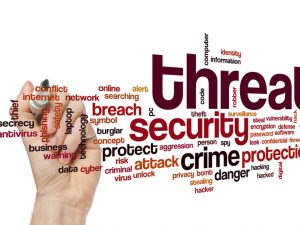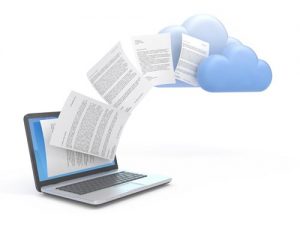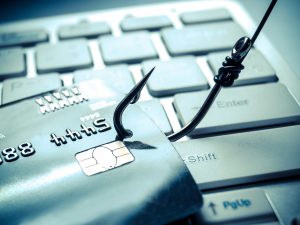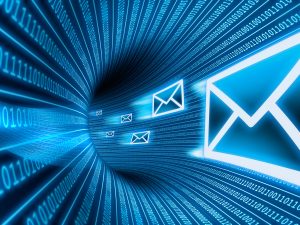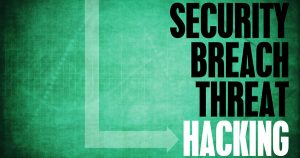
Inbound Email Threats – The Big Threat and How to Stay Protected
by Michael Tan
Email is the premier channel of communication for businesses. The amount and importance of information that is spread through email is mind-boggling. Email has made communication easy, convenient, and structured. In many ways, it’s been highly beneficial to business.
Unfortunately, its widespread use also makes it an ideal platform for cybercrime. Think about how much damage can be done or, conversely, how much profit a hacker can make if an important email gets in the wrong hands. We’ve certainly seen the results of this in the recent 2016 presidential election. Here are a few of the most common threats:
1. Phishing Attacks: If you ever receive any type of suspicious email, don’t click it. Phishing attacks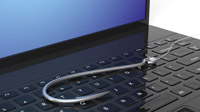 usually come in the form of an email advertising some type of deal or service, and there is usually a link within the email. Do not click this link. Upon clicking, usually there is a request for personal information or login credentials, and these should never be shared. If you end up entering these credentials, the consequences can be drastic. Hackers will now have access to these credentials, and therefore access to all your valuable data. Make sure you know where your emails are coming from. If you’re unsure, it’s better to be safe than sorry — ask an IT admin to take a look. To learn more, check out our video specifically curated to this topic: http://www.kypher.com/index.php/phishing/
usually come in the form of an email advertising some type of deal or service, and there is usually a link within the email. Do not click this link. Upon clicking, usually there is a request for personal information or login credentials, and these should never be shared. If you end up entering these credentials, the consequences can be drastic. Hackers will now have access to these credentials, and therefore access to all your valuable data. Make sure you know where your emails are coming from. If you’re unsure, it’s better to be safe than sorry — ask an IT admin to take a look. To learn more, check out our video specifically curated to this topic: http://www.kypher.com/index.php/phishing/
2. Malware and Ransomware: Don’t let malware and ransomware infiltrate your system. Pay attention to what you download, don’t fall victim to phishing attacks, and make sure your network is secure. 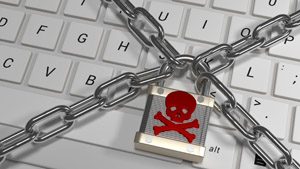 Ransomware is malware that installs covertly on a person’s device. It holds your computer or your files for “ransom,” hence the name. If your device is infected with ransomware, you will not be able to use your device normally unless you pay money (a ransom) to access your PC or files. Don’t click on unknown links. If you do, you could wake up one day and find a full-screen message on your computer that tells you to pay to proceed with using your computer. Most importantly, get encryption and inbound filtering for all your business communications. Check out our special feature on malware: http://www.kypher.com/index.php/kypher-malware-threats-healthcare/
Ransomware is malware that installs covertly on a person’s device. It holds your computer or your files for “ransom,” hence the name. If your device is infected with ransomware, you will not be able to use your device normally unless you pay money (a ransom) to access your PC or files. Don’t click on unknown links. If you do, you could wake up one day and find a full-screen message on your computer that tells you to pay to proceed with using your computer. Most importantly, get encryption and inbound filtering for all your business communications. Check out our special feature on malware: http://www.kypher.com/index.php/kypher-malware-threats-healthcare/
3. SPAM mail: Do not click on SPAM because these often are not just annoying, they can also contain extremely damaging and risky threats. SPAM mail is often the source of malware and ransomware. No matter how catchy the subject title or how juicy the reward seems, do not succumb to SPAM mail. If your computer becomes affected by malware, it too may start sending out SPAM to other computers. In a spam mail, it is very easy to include an attachment with a virus or a link to a site, from which some type of malicious code is downloaded without the user knowing. Viruses can also be concealed in the message code.
matter how catchy the subject title or how juicy the reward seems, do not succumb to SPAM mail. If your computer becomes affected by malware, it too may start sending out SPAM to other computers. In a spam mail, it is very easy to include an attachment with a virus or a link to a site, from which some type of malicious code is downloaded without the user knowing. Viruses can also be concealed in the message code.
Quick Tip: Network administrators should ensure that anti-spam filters, including policy management and threat detection level thresholds, are properly configured. In addition, comprehensive email security software will often come with features such as web reputation tracking, document exploit detection and custom threat attack prevention that are designed to weed out targeted attacks before they can reach endpoint users. Visit www.kypher.com for complete and comprehensive cybersecurity solutions including KypherMail.

